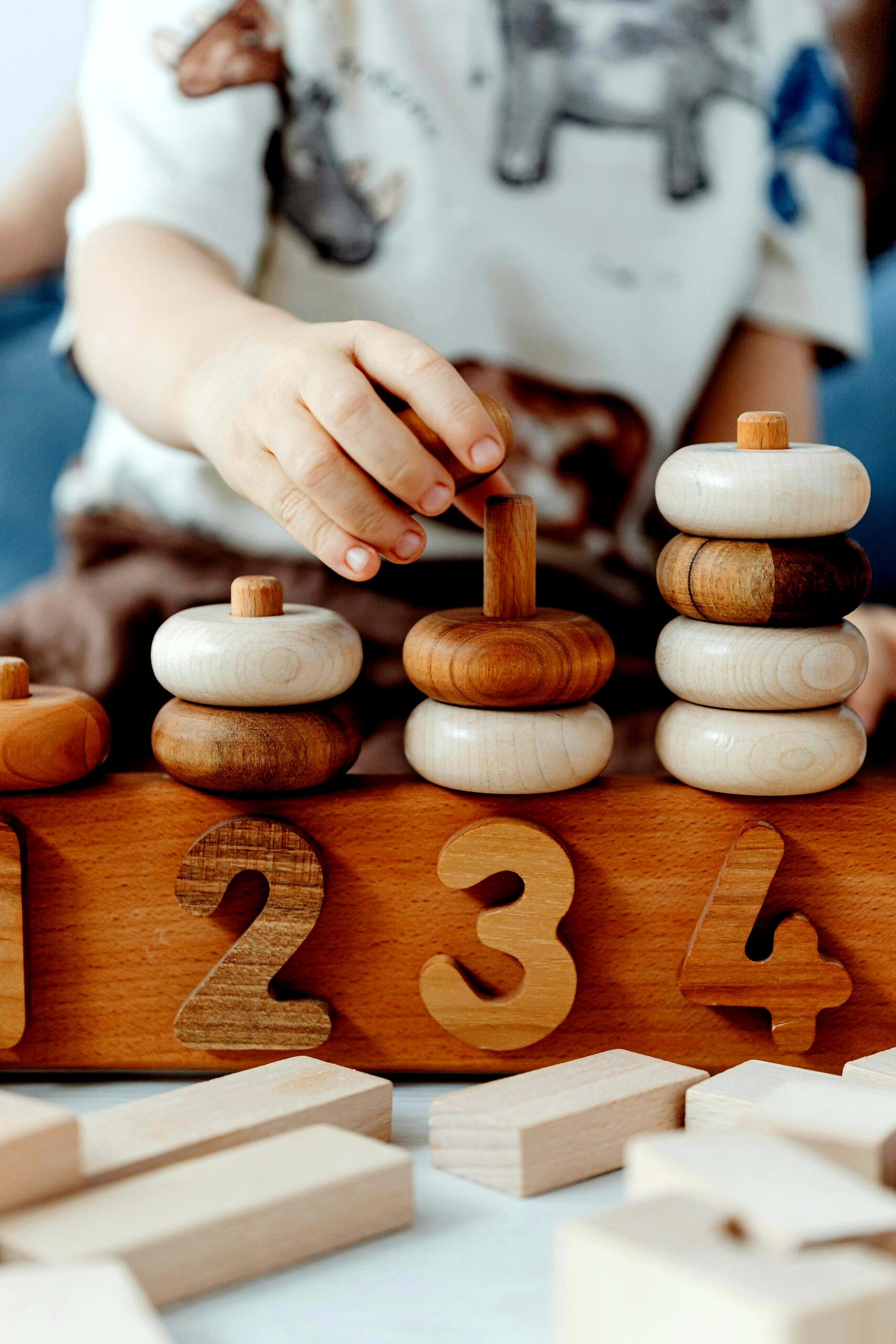Hey there, fellow parent or caregiver! Are you ready to dive into the wonderful world of sensory toys? Picture this: a kaleidoscope of colors, a symphony of sounds, and a plethora of textures just waiting to be explored. But hold your horses! Before you embark on this sensory adventure, it’s crucial to understand the ins and outs of Choosing Safe and Age-Appropriate Sensory Toys. After all, we want to ensure our little ones are not only having fun but also staying safe and thriving in their development journey.
So, buckle up and get ready to discover everything you need to know about finding the perfect sensory toys for your child.
Understanding Sensory Development
Ah, sensory development – the cornerstone of early childhood growth. But what exactly does it entail? Let’s break it down:
- Each child’s sensory system is like a superhero, with various powers dedicated to sight, sound, touch, taste, and smell.
- From birth, these superheroes embark on a journey of exploration, soaking in information from their surroundings like sponges.
- Sensory play isn’t just child’s play – it’s a vital component of learning and development, helping kids make sense of the world around them.
Safety Considerations
Now, let’s talk safety. When it comes to Choosing Safe and Age-Appropriate Sensory Toys, there are a few key considerations to keep in mind:
- Avoid toys made from toxic materials like BPA and phthalates, which can pose health risks to children.
- Look for safety certifications such as ASTM and CPSIA to ensure that the toys meet rigorous safety standards.
- Opt for lead-free and BPA-free materials to safeguard your little one’s health and well-being.
Age-Appropriate Choices
Ah, the million-dollar question: what’s the right toy for my child’s age? Fear not, we’ve got you covered with these age-appropriate suggestions:
- For infants (0-12 months): Think soft, cuddly toys with contrasting colors and gentle sounds to stimulate their developing senses.
- For toddlers (1-3 years): Introduce toys that encourage exploration and fine motor skills, such as stacking blocks and shape sorters.
- For preschoolers (3-5 years): Get creative with toys that promote imaginative play and sensory experiences, like playdough and sensory bins.
Types of Sensory Toys
From visual stimulation to tactile exploration, sensory toys come in all shapes and sizes. Here are some popular categories to consider:
- Visual stimulation toys: Think mesmerizing mobiles and vibrant light-up toys that capture your child’s attention and imagination.
- Auditory stimulation toys: From musical instruments to interactive sound books, these toys tickle your child’s ears and ignite their love for music and sound.
- Tactile stimulation toys: Dive into a world of textures with squishy balls, sensory mats, and fuzzy plush toys that delight the senses.
- Proprioceptive and vestibular stimulation toys: Swing into action with swings and balance boards that challenge your child’s balance and coordination.
DIY Sensory Toy Ideas
Feeling crafty? Why not try your hand at making your own sensory toys? Here are a few simple ideas to get you started:
- DIY sensory bottles: Fill clear bottles with water, glitter, and small objects for mesmerizing sensory exploration.
- Sensory bags: Create tactile experiences with sensory bags filled with gel, beads, or rice for squishy fun.
- Sensory playdough: Whip up a batch of homemade playdough infused with scents and textures for endless creative play.
Tips for Choosing the Right Sensory Toy
Ready to embark on your sensory toy shopping spree? Here are a few tips to guide you along the way:
- Consider your child’s preferences and sensitivities when selecting toys to ensure a personalized experience.
- Opt for toys that encourage active engagement and exploration, fostering a sense of curiosity and wonder.
- Rotate toys regularly to keep things fresh and exciting, preventing overstimulation and boredom.
FAQs
- Can sensory toys help children with special needs?
Absolutely! Sensory toys can be beneficial for children with special needs by providing sensory input and promoting development in various areas. - Are all plastic toys safe for children?
Not necessarily. It’s essential to look for toys made from non-toxic materials and certified as safe for children to ensure their well-being. - How can I encourage my child to engage with sensory toys?
Lead by example! Show enthusiasm and curiosity when introducing sensory toys to your child, and join in on the fun to encourage active participation.
Conclusion
And there you have it – the ultimate guide to Choosing Safe and Age-Appropriate Sensory Toys! Remember, sensory play is not only fun but also crucial for your child’s development and well-being. So, go ahead, unleash their senses, and watch as they embark on a journey of discovery and delight. Happy playing!

